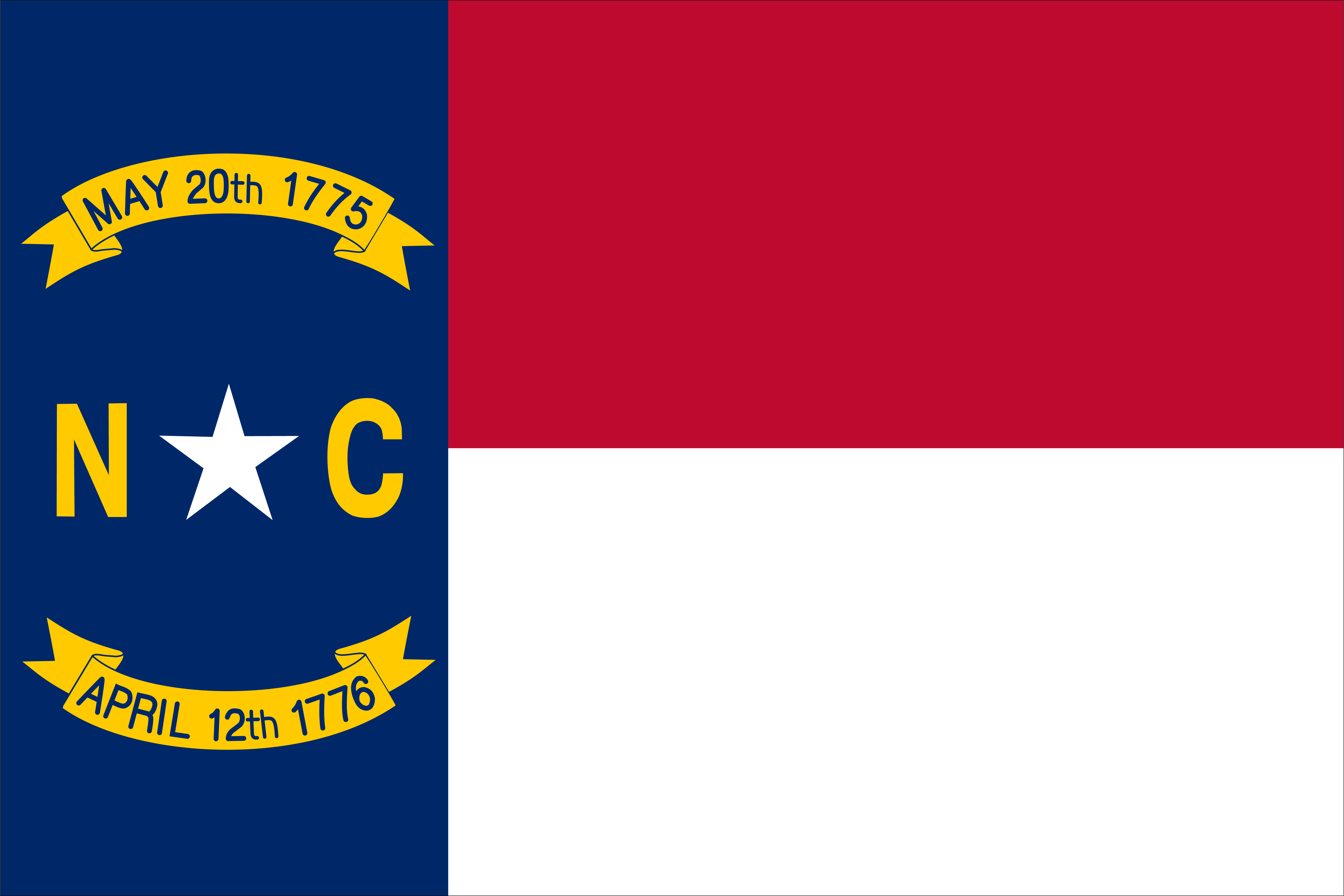North Carolina Travelogue
Articles
Travelogues
View more from News & Articles or Primerus Weekly

By Tom Kirvan
North Carolina, affectionately known as the Tar Heel State, is located in the southeastern region of the United States, and has a population of 10.7 million people, making it the ninth most populous state in the country. The state is characterized by a diverse population, with significant African American, Hispanic, and Native American communities. The state's cultural fabric is enriched by various traditions and influences from these groups. Urban areas such as Charlotte, Raleigh, and Greensboro are particularly varied and vibrant, offering a mix of cultures and lifestyles.
North Carolina boasts many distinct landscapes, stretching from the Atlantic Ocean in the east to the Appalachian Mountains in the west. The state is divided into three main geographic regions: the Coastal Plain, the Piedmont, and the Mountains. The Coastal Plain, as the name suggests, features beautiful beaches and coastal towns, while the Piedmont is known for its rolling hills and urban centers. The western part of the state is dominated by the Appalachian Mountains, including the Great Smoky Mountains and Blue Ridge Mountains, offering stunning natural scenery and outdoor recreational opportunities.
North Carolina's history can be traced to when European explorers arrived in the 16th century, and the area became one of the original Thirteen Colonies. The state played a significant role in the American Revolution and was a key battleground during the Civil War. In the 20th century, North Carolina emerged as a leader in the tobacco, textile, and furniture industries. The state has also been a center for civil rights movements and educational advancements, particularly with the establishment of prestigious universities such as Duke, University of North Carolina at Chapel Hill, and Wake Forest.
Historically known for its tobacco and textile industries, the state has evolved to become a leader in technology, finance, and education. The Research Triangle Park (RTP), located between Raleigh, Durham, and Chapel Hill, is one of the largest research parks in the world, housing numerous high-tech companies and research institutions. The banking sector is also significant, with Charlotte being the second-largest banking center in the United States after New York City. Additionally, agriculture remains vital, with North Carolina being a top producer of tobacco, sweet potatoes, and poultry.
Raleigh, the state capital, is known for its research and educational institutions, being part of the RTP. It is a rapidly growing city with a strong emphasis on innovation and cultural development. Charlotte, the most populous city, is a major financial hub with a population of around 900,000. Known as the "Queen City," Charlotte is home to the headquarters of Bank of America and numerous other financial institutions, making it a bustling urban center with a thriving economy and vibrant cultural scene.
Top 5 Must-See Tourist Destinations


Capital: Raleigh
Population: 10.7 million
Economic engines: Technology, finance, insurance, and agriculture
Highest Mountain: Mt. Mitchell, 6,684 feet
Primerus Member: Smith Debnam Narron Drake Saintsing & Myers, LLP
Smith Debnam Narron Drake Saintsing & Myers, LLP, a Raleigh-based law firm that handles litigation, creditors’ rights, corporate and business law, divorce and family law, and personal representation.